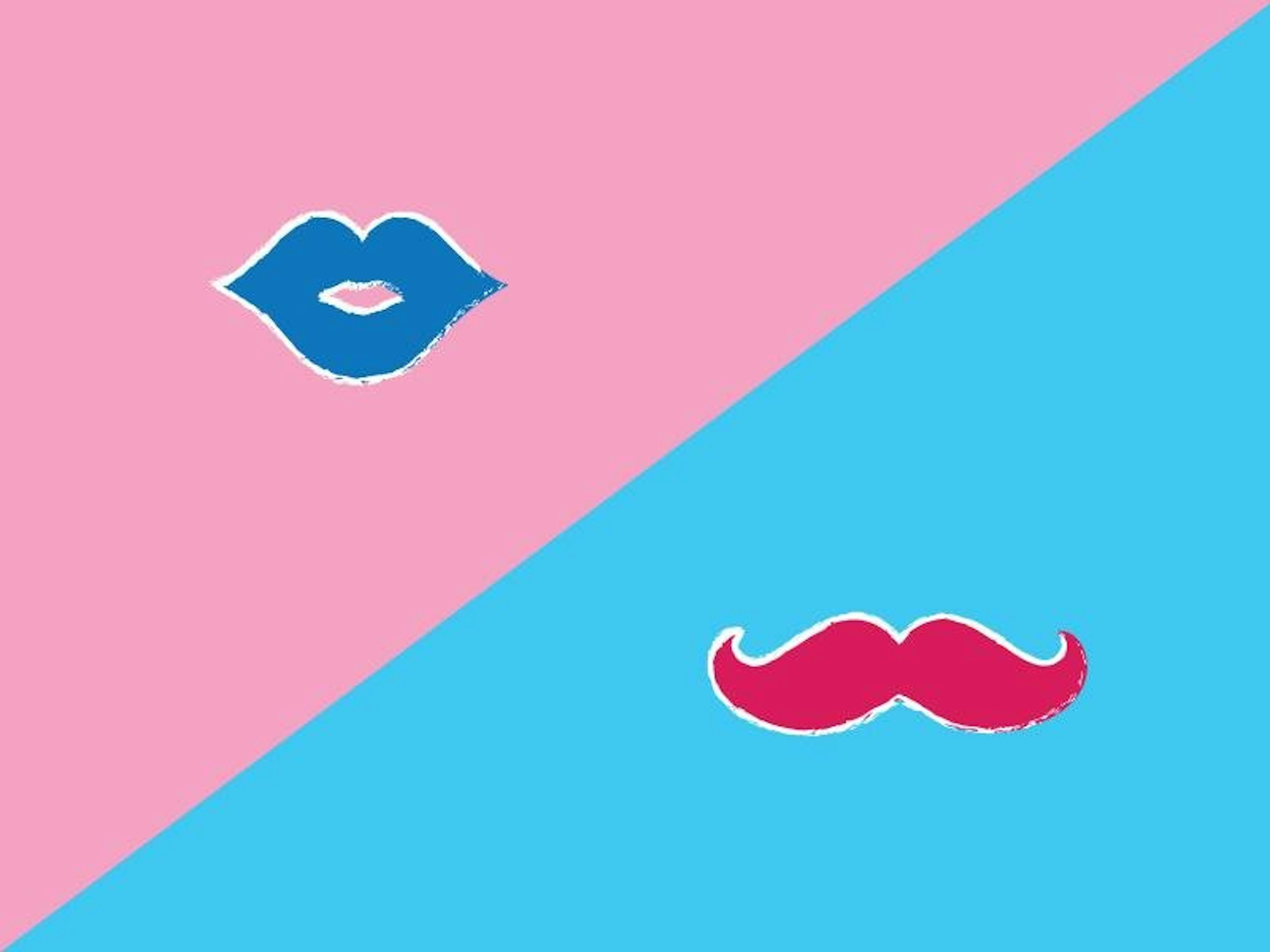Society is changing. With people exploring their gender identity more than ever before, it’s important that branding keeps pace with this.
Make-up is no longer just for women, just like how car advertisements don’t always have to show the man driving. Gender inclusivity is the challenge that more brands are embracing and a lot more will still have to follow suit as the gender conversation among consumers has moved away from traditional roles and towards inclusivity.
With various genders being identified apart from the male and female, the consumer understanding needs to broaden with respect to any new brand emerging with its communication and this process is one that must start from the product/service inception itself.

The mass media in the 60’s typically portrayed patriarchal messaging because of the conditioning of the society. The women were seen as the home-makers while the man in his office or with male counterparts on an outing. The 70’s and 80’s saw a surge of women in a more bold avatar, either not afraid to show some skin on the beach or smoke the cigarette on a pipe, although, however wrong this portrayal might be. Through the 90’s we saw the changing attitudes.

The consumer is becoming more conscious of their decisions such as only supporting those brands that share their values. Boycotting products that tested on animals has over the years impacted those companies, making them change their ways. Similarly the growing need for organic, safe, and healthy or vegan products are on rise. All of these preferences have nothing to do with any one gender too. The likes and dislikes of whichever gender now overlap. It’s now about accepting the differences, the ugly parts included.
The lines become blurry as the brand needs to consider the fact that not all women fall into the stereotype of the homemaker / wear make-up or that girls play with dolls and boys play with cars. For quite sometime, new age parents are raising their kids with a neutral gender, calling them ‘zhe’ who could be a she, he or whatever their child would like to identify as. The shift had opened up avenues for the realistic dolls called “Lamilly” to enter the market in the much needed space to replace “Barbie” who was too perfect to be true, creating a false impression in young minds. For the longest time advertising has been deluding men and women to believe in products that would make the woman more desirable and the man to be enamored by women. The premises of all these desires lie in fear! It’s the fear of rejection, being the outcast or ending up alone. Millennials broke away from the mindset of the 50’s and 60’s to be the one that rebels yet likes to have a sense of belonging. The Gen Z are further moving away from any communication that might have worked so far. Their attention span is short as they multitask on various screens, are more entrepreneurial and do not easily believe all claims. This generation has seen the most unrest and terrorism compared to the previous one, with more graphic imagery due to social media and access. Thus pretty pictures and claims of being the “best product or service” is no more a consumer-magnet puller.
The field where the conversation on gender inclusivity still needs to catch up is probably the A.I. as we have been exposed to Sophia, the robot that has been fed in with a few stereotypes but is probably learning to live with the times. Again, it is sad that she is the first robot to be given citizenship in Saudi Arabia, where women don’t even have equal rights. Japan sees a large portion of male consumers for female robots. Who is going to monitor the consequences it has on the social structure? As A.I. tries to replace humans, most still prefer a feminine voice over a man’s. Take the Google GPS navigation for that matter. Men would rather take directions from a woman than another man, while women don’t seem to mind when another woman is guiding them.
In Avengers, when Pepper Potts stops being Tony Stark’s secretary, so instead of hiring a new human one, he decided to create one and call it “His Girl Friday”, although he still considers Jarvis as his closer companion. Till then we can only guess what the future of gender is in relations to the AI and brands that have them.



